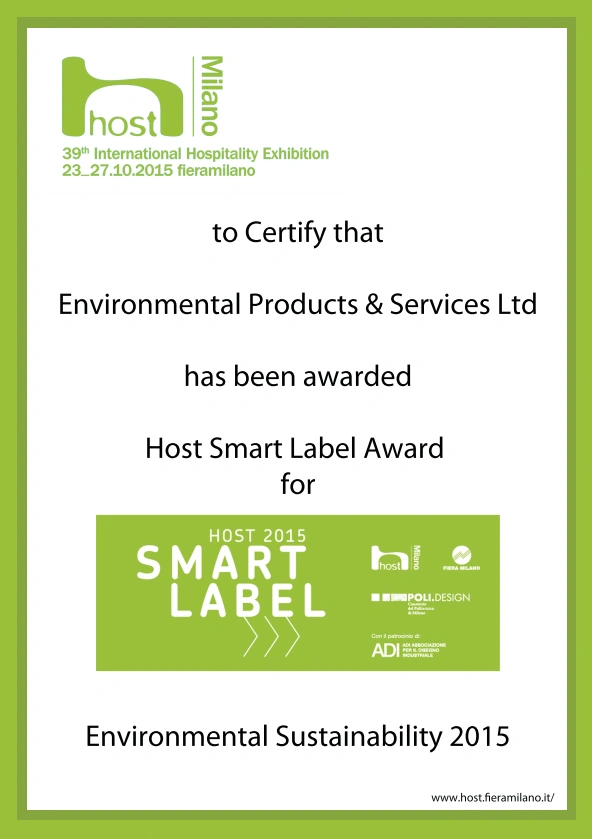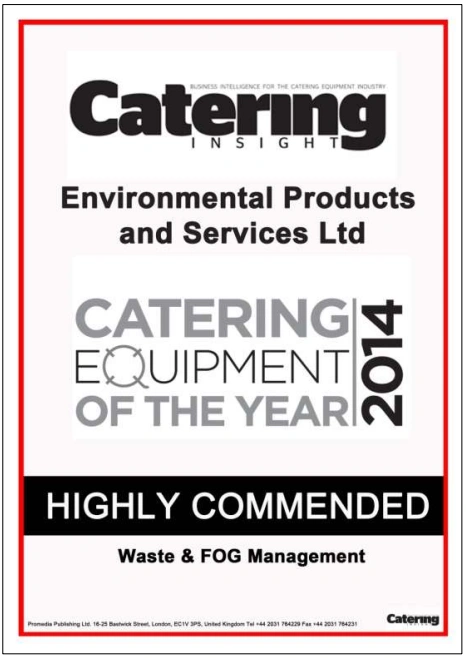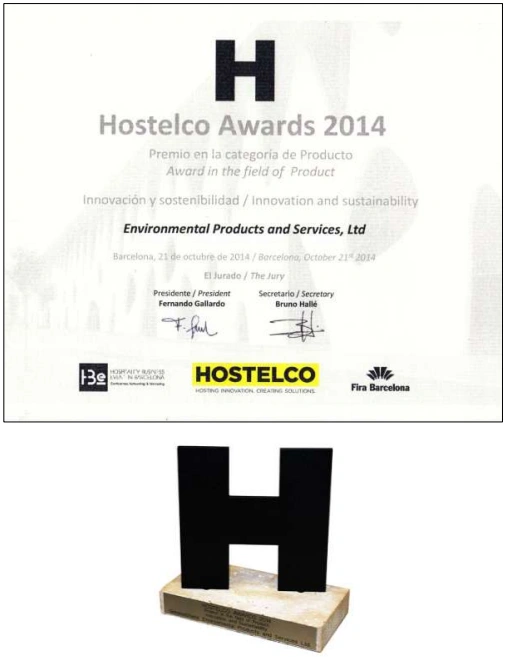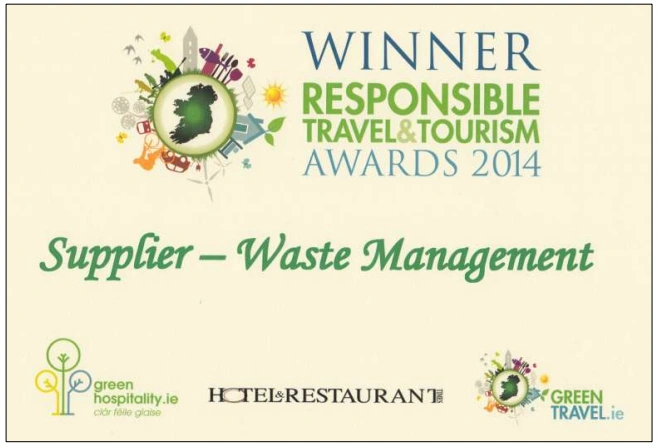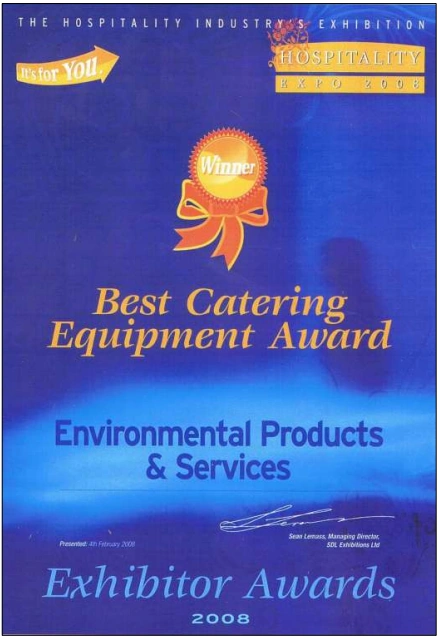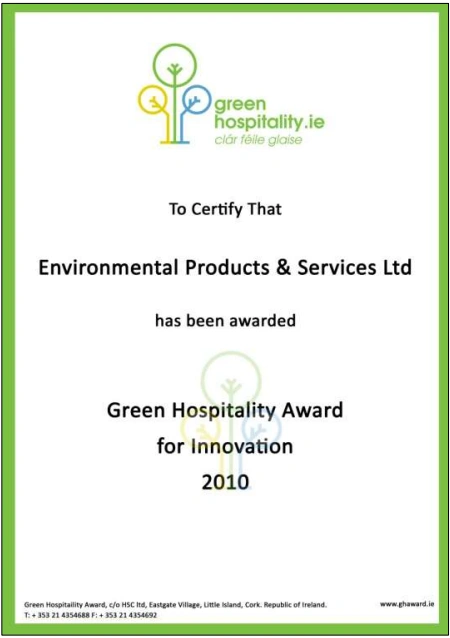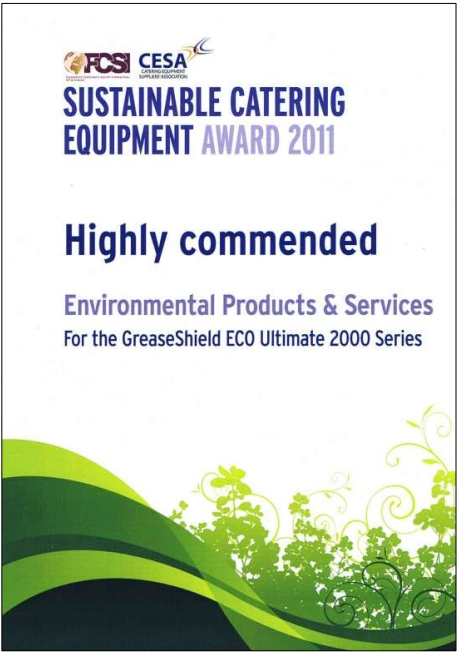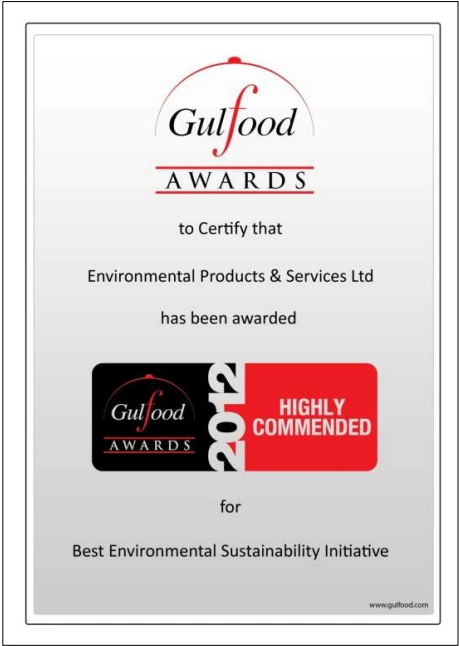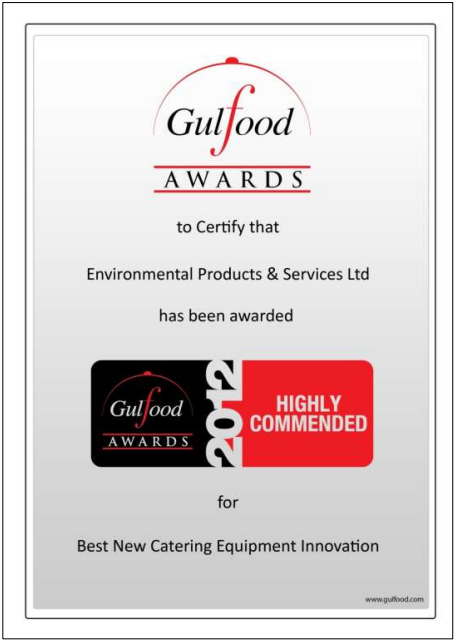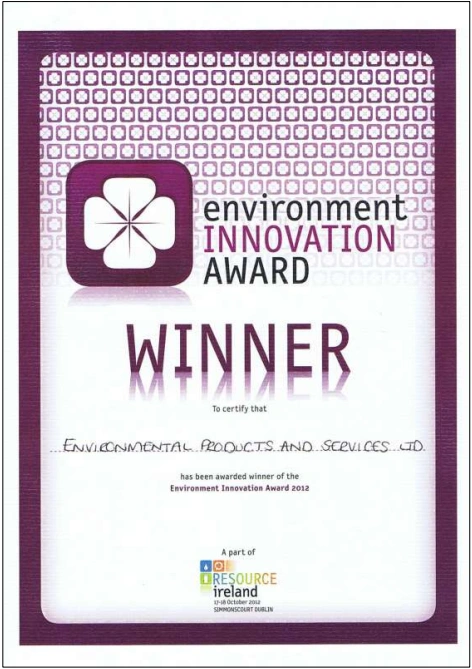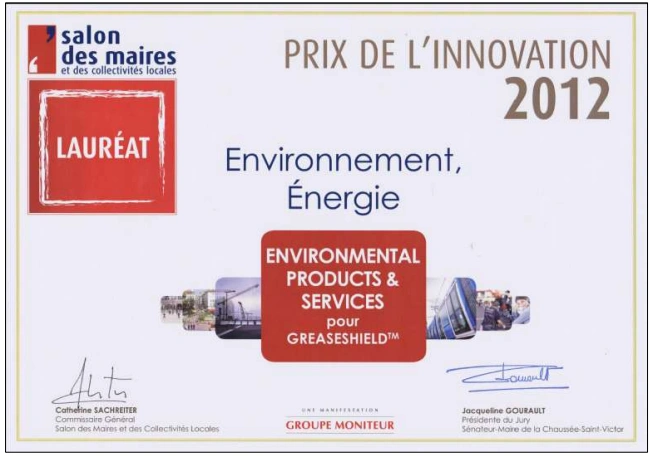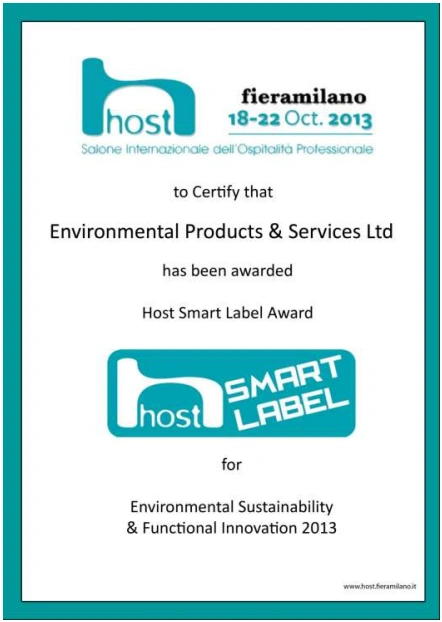Facility managers have a unique responsibility in driving sustainability within organizations. The buildings they manage, whether commercial, residential, or industrial, can consume a significant amount of resources if not handled efficiently. Implementing sustainable practices can help reduce a facility’s environmental footprint, cut operational costs, and create healthier environments for occupants.
While the task might seem daunting, the right practices and technologies can make sustainability manageable, practical, and effective. Here are key areas where facility managers can make a lasting impact on sustainability.
1. Efficient Water Management
Water conservation is a critical element of sustainable facility management. Implementing practices like installing low-flow faucets, fixing leaks promptly, and using automated systems that monitor water consumption can go a long way in reducing wastage. For facilities that deal with large quantities of water, like restaurants or hospitals, managing what goes down the drain—such as fats, oils, and grease (FOGs)—is equally essential in maintaining the health of drainage systems and local waterways.
2. Energy Efficiency
Energy consumption in large facilities can be immense, but facility managers can take proactive steps to minimize it. Switching to energy-efficient lighting, optimizing HVAC systems, and utilizing energy monitoring technologies are key strategies for reducing consumption. Even simple steps, like ensuring equipment is powered down when not in use or scheduling regular maintenance for energy systems, can yield substantial savings.
Another way to enhance energy efficiency is to implement renewable energy sources, such as grease traps, solar panels or geothermal systems. While the initial investment might be high, the long-term savings and reduction in carbon emissions make this a worthwhile endeavor.
3. Waste Reduction
Managing waste is a key aspect of sustainability. Facility managers should focus on minimizing waste at every level of operation, from offices to dining areas. This includes setting up proper recycling programs, encouraging staff and tenants to reduce paper use, and finding ways to reuse materials whenever possible. Additionally, composting FOG waste helps reduce the burden on landfills and can even be used to nourish green spaces within or around the facility.
4. Sustainable Materials and Green Procurement
Choosing sustainable building materials and products can have a major impact on a facility’s overall environmental footprint. From non-toxic cleaning supplies to energy-efficient appliances and recycled materials for renovations, facility managers should prioritize eco-friendly options. Green procurement policies ensure that the items brought into the facility align with sustainability goals, minimizing environmental harm while improving occupant health.
5. Air Quality and Sustainable Cleaning Practices
Good indoor air quality is essential for the health and well-being of building occupants. Facility managers can improve air quality by incorporating proper ventilation systems and using green cleaning practices that avoid harsh chemicals. Using environmentally friendly products for daily maintenance can reduce the release of volatile organic compounds (VOCs) that can negatively affect indoor air.
6. Long-Term Maintenance Planning
Sustainability is not just about immediate fixes—it requires long-term thinking. Facility managers should develop maintenance plans that include regular inspections and proactive measures. Well-maintained equipment runs more efficiently and lasts longer, reducing the need for replacement and minimizing resource consumption over time. Prioritizing long-term sustainability goals ensures that a facility remains environmentally responsible for years to come.
GreaseShield®: A Practical Example of Sustainable Waste Management
Sustainability often requires addressing small but significant details. For example, many facilities, particularly those in food service, struggle with managing fats, oils, and grease in their wastewater systems. If these materials aren’t properly managed, they can lead to plumbing blockages and contribute to water pollution.
While focusing on broader sustainability efforts, facility managers can benefit from practical solutions like GreaseShield®, which intercepts these substances before they enter drainage systems. This reduces the environmental impact of wastewater while also preventing costly maintenance issues.
Check out our daily maintenance guide
Moving Forward with Sustainability
Sustainability isn’t a one-time project—it’s an ongoing commitment. Facility managers who integrate eco-friendly practices into every aspect of their operations can significantly reduce their environmental impact, enhance occupant satisfaction, and lower operational costs. Whether it’s through energy efficiency, water conservation, or smart waste management, every step toward sustainability counts.
Ready to enhance your facility’s sustainability?
Start by identifying small changes that can make a big difference. Explore waste management and energy-saving opportunities that fit your facility’s needs and take proactive steps toward a greener future.










